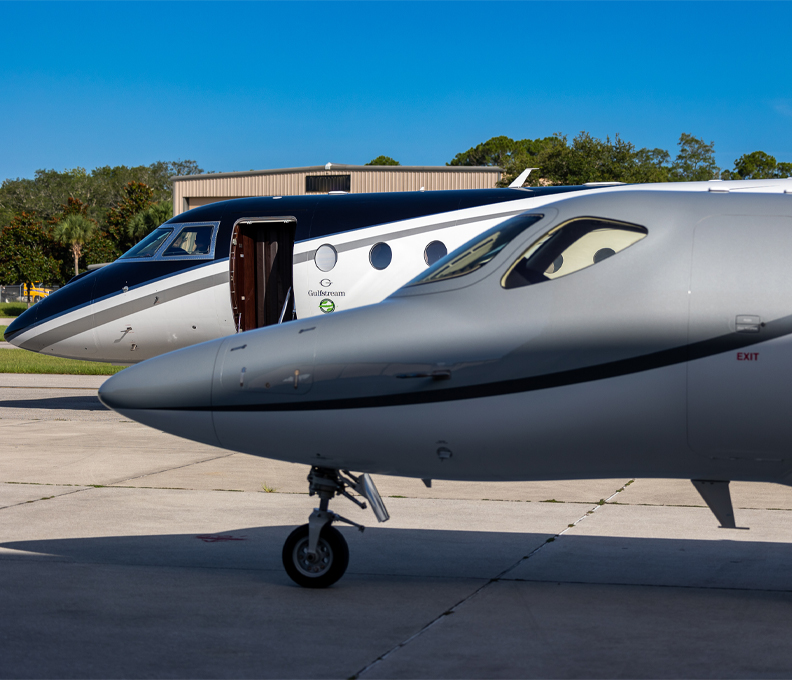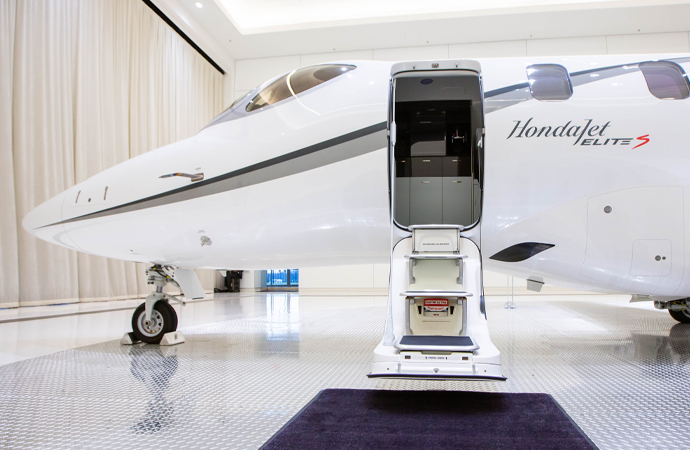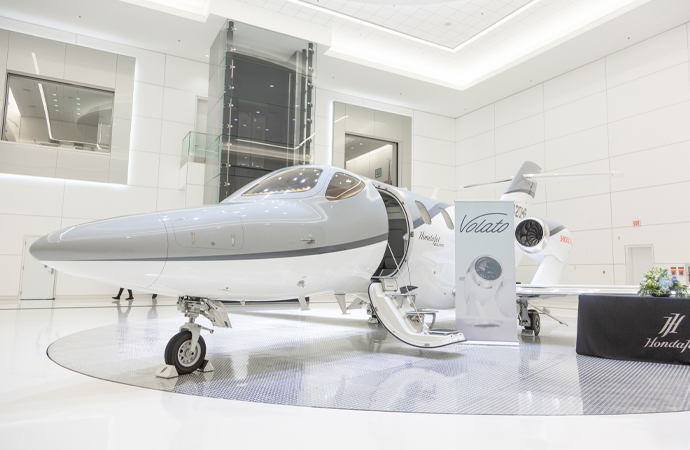Volato: The Private Aviation Company Meeting Customers Where They Are
Within the company's Fractional Ownership system, customers can essentially lease back their unused time and recoup substantial portions of their investment
by Lark Gould
June 1, 2023

Photo: Courtesy of Volato
Private aviation has been on a rocket ride since the advent of the coronavirus and, even as the pandemic subsides, the taste for flying private has not.
According to ARGUS International reviews looking at North America numbers, total flight activity in 2022 increased by 15.5 percent from 2019 levels and 5.1 percent from 2021 levels. Total flight hours also increased by 22.1 percent from 2019 and 10.6 percent from 2021 levels – all demonstrating not only the industry’s recovery from the pandemic, but further growth beyond pre-pandemic levels.
Thus, as demand for the convenience of private flying remains strong, the question is not whether to use private aviation but what type of program makes the most sense.
Private aviation company Volato provides flyers with a variety of ways to take to the skies according to their reasons for flying, frequency needed, routes covered and investment interests.
Choices, Choices
For most travelers looking at private aviation as the way to go, the program choices run between whole aircraft ownership, fractional ownership, leasing, private charter services, membership programs and jet cards. At Volato, the choices go deeper, meeting each customer on their terms with a variety of options, flexibilities, and even methods for making some return on their investment. And for most Volato flyers that means Fractional Ownership—with a twist.
“You literally own a piece of a plane in our fleet. And with that ownership, comes benefits: you have the most preferential rates to fly. And we also provide you guaranteed availability and a revenue share on the plane that you own. So it represents the best overall in terms of flight benefits and economic benefits of any of our solutions. So that is, I would say, our number one focus,” says Volato CEO, Matt Liotta.
At Volato you can own as little as a sixteenth of a share, up to 100 percent of an aircraft—usually a HondaJet with four seats for one to four passengers. The fleet also operates Gulfstream G280 aircraft that has long-range capability and can handle up to 10 passengers.
But Volato strategically invested in the HondaJet to be its workhorse. Smaller jet craft have proven to be the preferred product according to surveys showing some 70 percent of private flyers want a plane with four seats or fewer, says Liotta. And then there are the comforts—the HondaJet is engineered for quiet so flyers can actually have conversations onboard. Legroom is also substantial—some 11 inches more than the popular light jet, the Phenom 300, Liotta adds. And all that complements the usual sweet conveniences private aviation brings, such as smaller air terminals, skipping TSA, and personalized service.
However, Volato also found that passengers did not want to feel the “use it or lose it” pressure that accompanies purchasing too many hours or trying to predict future flying needs in an unpredictable world. Thus, within the Volato Fractional Ownership system, customers can essentially lease back their unused time and recoup substantial portions of their investment.
“Our program is not a timeshare. Regardless of what size share you buy with us, you can use as much or as little as you want,” Liotta notes. “It’s a unique combination that nobody else does and allows us, as a company, to align our interests with our customers’ interests. Now, they only fly when they want to fly, which they really appreciate. They don’t feel forced into a use it or lose it scenario like you might see in other arrangements. And when we use their aircraft for revenue purposes, they get to share in the value of it—so the more we use their aircraft, the happier they are.
“It’s not unlike buying a beach house,” he continues, “but only using it some of the time. You could work with a management company to lease it out when you aren’t using it. Of course, the distinct advantage here is now you don’t have to buy the whole beach house—and we can move the airplane to wherever it’s most valuable in the market.”
Smart Charters
As a number of travelers need to fly repeatedly between popular city pairs, Volato created a deposit-based membership program featuring capped hourly rates when using their HondaJets inside or between these specific zones across the country. The Volato Insider Membership Program allows travelers to take advantage of the company’s optimal charter rates through dynamic pricing with the assurance of capped rates. It’s a move that competes directly with Jet Cards but also maximizes operational fleet efficiencies.
Insider zones include San Francisco (OAK), Las Vegas (LAS), Los Angeles (VNY), Dallas (DAL), Houston (HOU), Miami (OPF), Atlanta (PDK), and New York (TEB) and these customers can fly within circles that radiate from these centers, with the “Base” zone extending 125 miles, the “Plus” zone extending 250 miles and the “Max” zone extending 500 miles from the center of each Insider zone. Volato is so confident customers will love this program they offer a 100 percent refund on any unused balance.
“You don’t have ownership. You’re simply making a deposit and being provided flight benefits associated with that money. So the deposit is there to make it a more frictionless experience while rewarding customers to fly in the geographies and zones that are also optimal for us,” says Liotta.

Photo: Courtesy of Volato
Volato Go!
At the end of 2022, Volato launched a fixed-cost, fixed leg charter flight program for those who want to fly private between popular, frequently traveled city pairs. Volato Go! allows casual fliers the chance to head between Los Angeles, San Francisco and Las Vegas on the West Coast and Miami, New York and Atlanta on the East Coast with all the efficiencies and comforts of flying private at fixed rates. And there are no calendar restrictions within this system other than limited peak times.
“Certain routes are highly popular and concentrated in a network area. Because of that, we’ve tried to reduce the friction for those routes as much as possible by having a maximum fixed rate for those routes,” Liotta says. “It could be cheaper, but you could know upfront that it will never cost more than this rate to fly between these particular city pairs. And because of that it really eases the decision process. You don’t have to get a quote… and at rates that are similar to flying a group of four in business class, you can just ‘Go!'”






